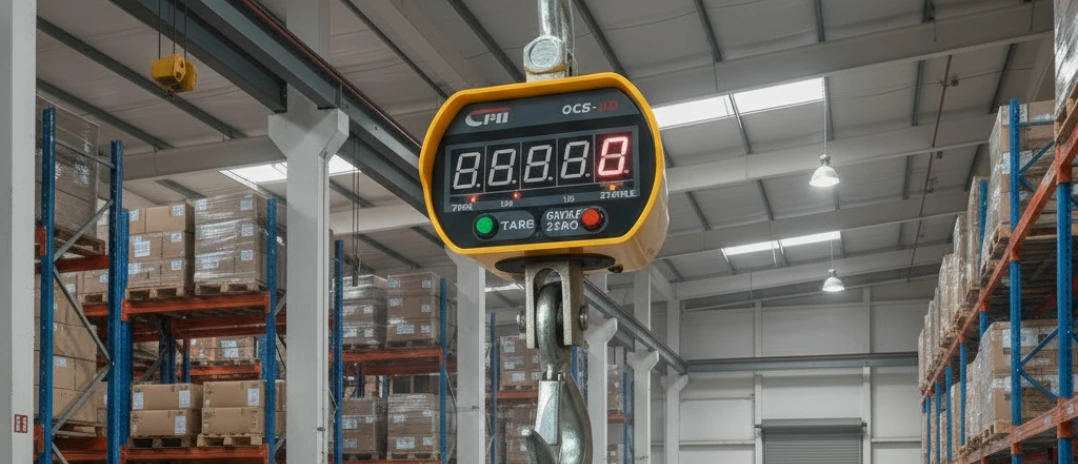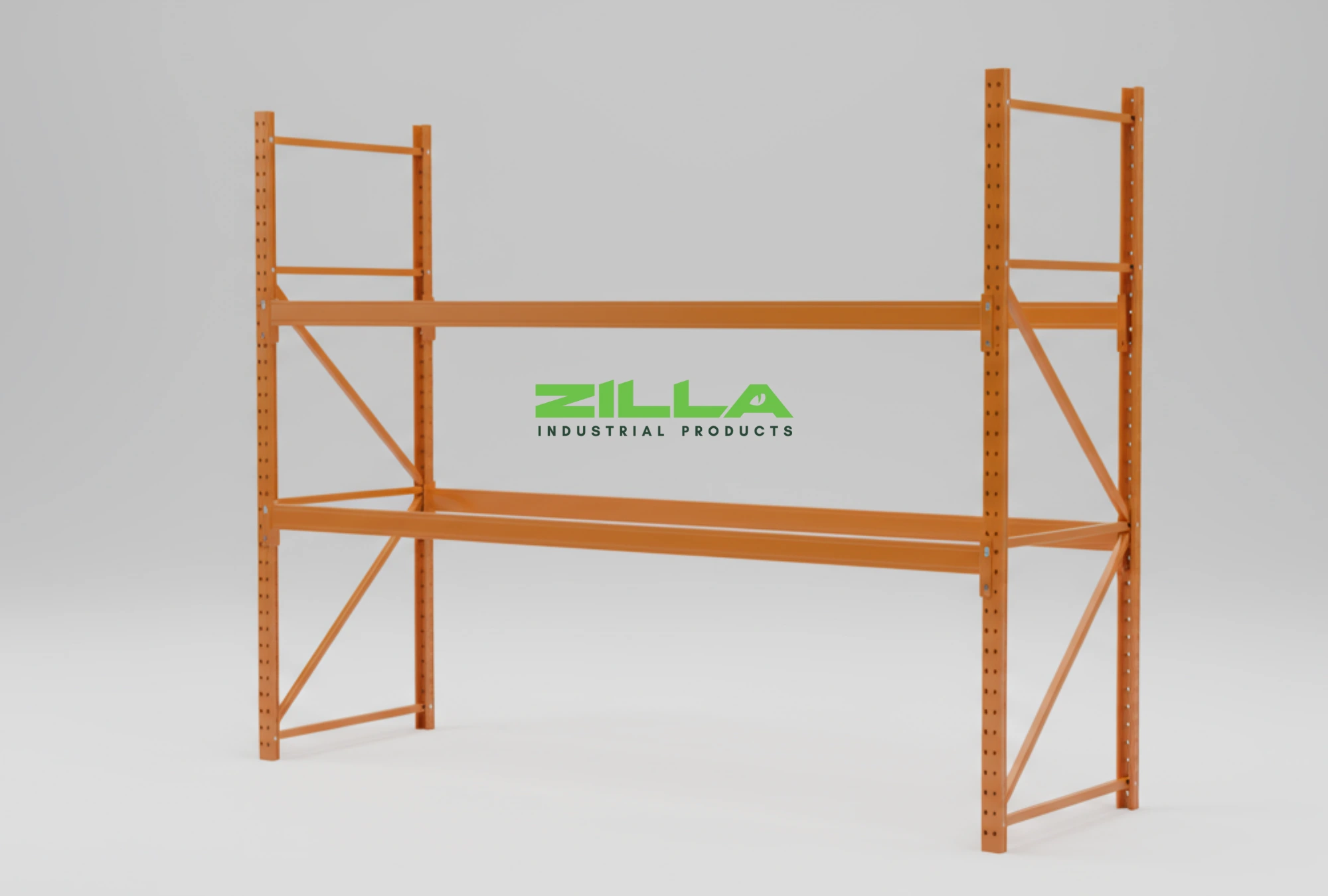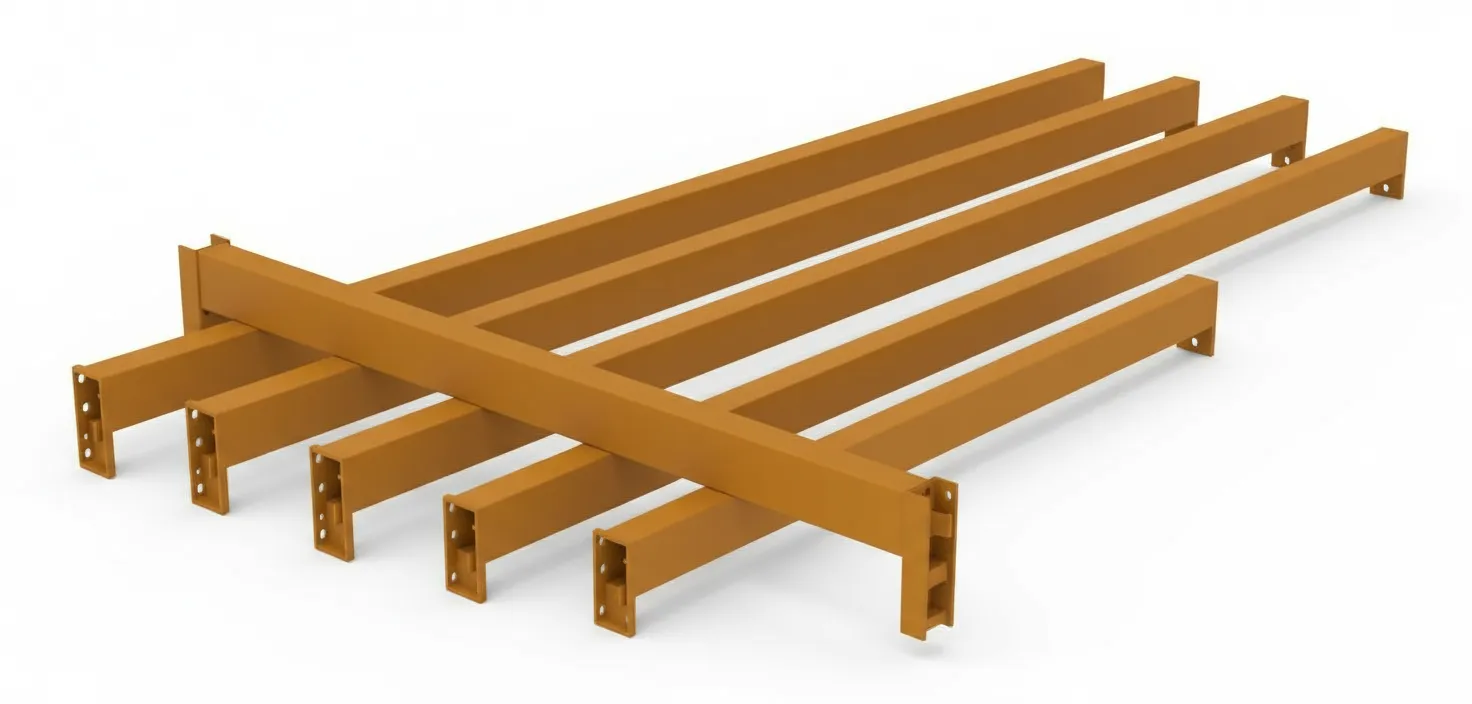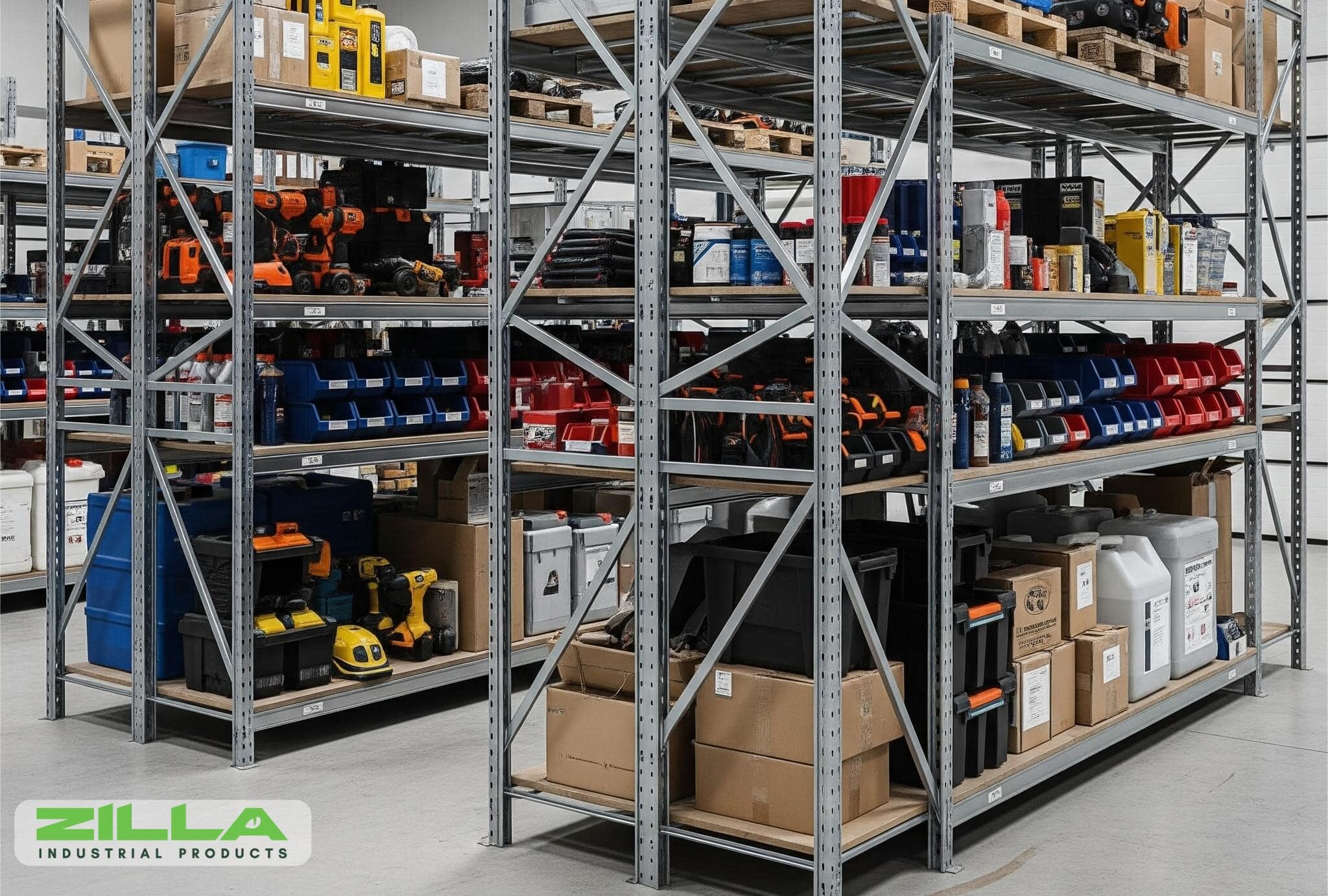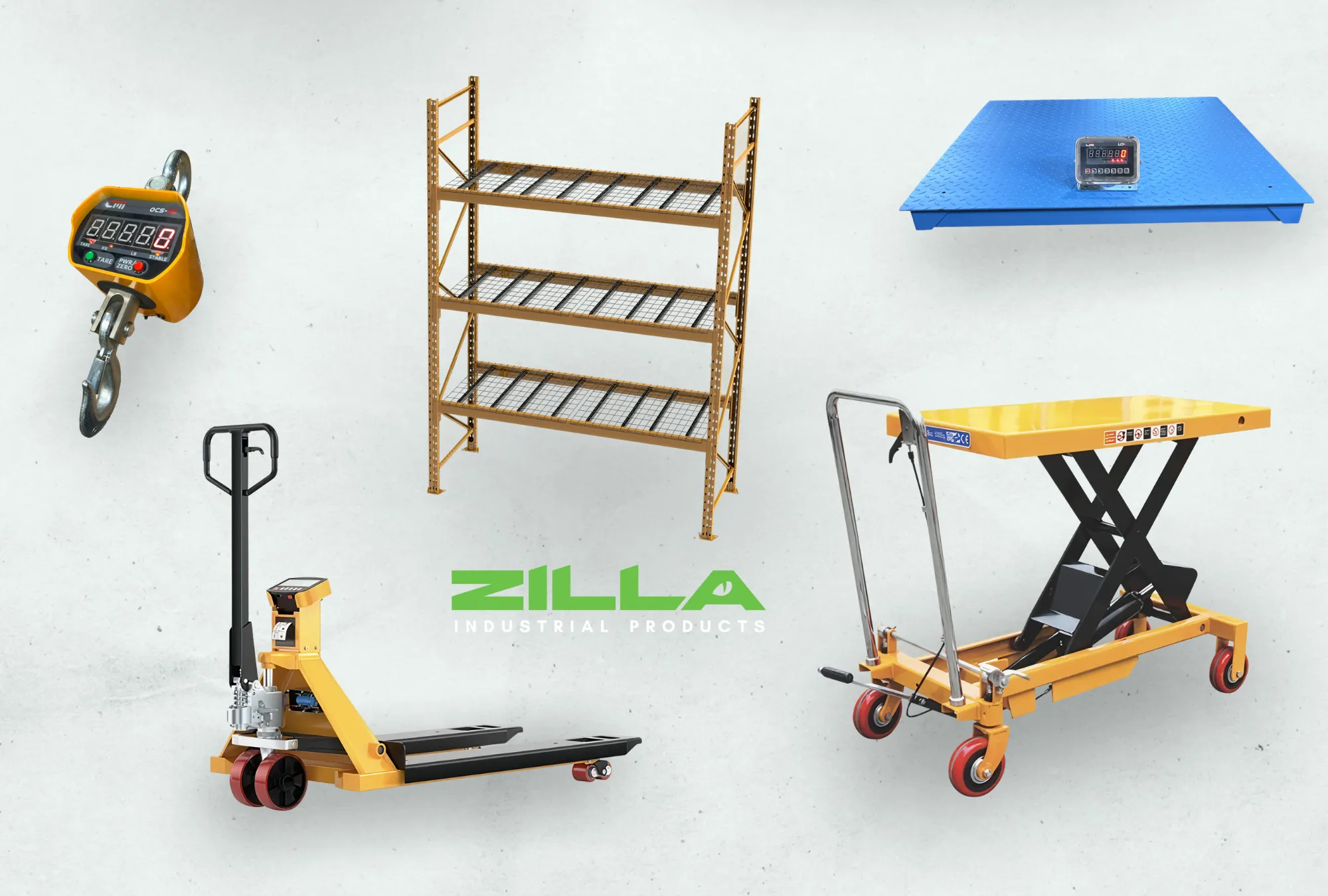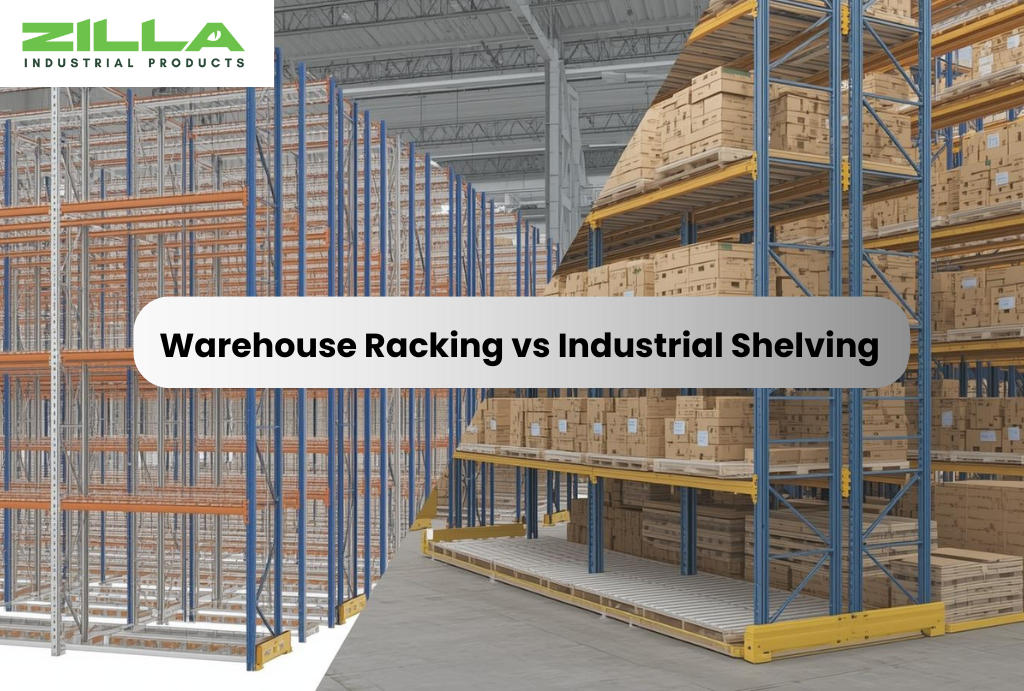
Choosing the right storage system is one of the most important decisions for any warehouse storage or industrial facility. When space is limited, inventory is growing, and workflow needs to remain fast and safe, businesses often seek the best way to organize their warehouse. That’s when the question arises: Should you install racking or shelving?
Both pallet racking systems and industrial shelving can enhance space efficiency, but they serve distinct purposes. The right choice depends on your inventory weight, warehouse height, picking style, equipment, and how fast your stock moves.
This guide breaks down the key differences between racking and shelving, helps you understand which one fits your industrial space, and shows how smart planning can significantly improve warehouse storage capacity, workflow, and safety.
As a trusted material handling equipment supplier in Canada, Zilla Industrial provides engineered pallet racking, medium-duty shelving, and comprehensive warehouse storage solutions. Let’s explore which system is right for your space and how the right choice can transform your warehouse productivity.
What are Warehouse Racking Systems?
Warehouse racking systems, commonly referred to as pallet racking, are industrial storage structures designed to hold heavy palletized loads and maximize vertical space. When users search for what warehouse racking systems are or how pallet racking works, they want a clear explanation of how these systems increase storage capacity, support forklift operations, and improve overall warehouse organization.
Racking helps facilities store pallets vertically, reduce floor congestion, and manage bulk inventory more efficiently. It is essential for high-volume warehouses that require strong, scalable, and safe storage solutions. As a leading pallet racking supplier in Canada, Zilla Industrial provides engineered warehouse racking systems that help businesses enhance storage density, streamline material handling, and maintain a fully optimized industrial space.
What are Industrial Shelving Systems?
Shelving systems are warehouse storage solutions designed to hold smaller items, parts, or inventory that require easy manual access. When users search for what shelving systems are, industrial shelving for warehouses, they are usually looking for ways to improve organization, optimize floor space, and streamline picking operations. Unlike pallet racking, medium-duty shelving is ideal for hand-loaded products and areas where flexibility, accessibility, and workflow efficiency are priorities.
Warehouse shelving systems help businesses reduce clutter, manage inventory effectively, and maintain a safe, organized environment. Zilla Industrial provides durable medium‑duty shelving, including starter units and add‑on units, across Canada to expand your warehouse storage as needed and support efficient, scalable warehouse operations.
Warehouse Racking vs Industrial Shelving: A Side-by-Side Comparison
Choosing between warehouse racking and industrial shelving is essential for creating an organized and efficient warehouse. Comparing pallet racking vs shelving for efficiency helps businesses understand which system best suits their inventory, workflow, and storage needs. This side-by-side comparison highlights the key differences, helping businesses select the right solution for their warehouse storage.
| Feature | Warehouse Racking (Pallet Racking) | Industrial Shelving (Medium-Duty Shelving) |
|---|---|---|
| Load Capacity | Handles heavy pallets and bulk inventory efficiently. | Medium-duty, suitable for hand-loaded items, boxes, and smaller parts. |
| Storage Height / Vertical Space | Maximizes vertical space using uprights and beams; suitable for multi-level storage. | Lower shelves; optimized for accessible storage, horizontal expansion with starter and add-on units. |
| Access & Handling | Forklift-based for pallets and bulk goods. | Manual picking for easy access to smaller items. |
| Flexibility & Modularity | Fixed structure, less flexible once installed. | Modular design with starter and add-on units for scalable storage. |
| Inventory Type | Pallets, heavy loads, high-volume items. | Small parts, boxes, tools, medium-weight inventory. |
| Cost | Requires professional setup and a higher initial cost. | Quick assembly, lower cost, easily scalable. |
| Workflow Efficiency | Supports fast pallet movement and high-volume operations. | Improves picking efficiency for frequently accessed items; easy organization. |
| Safety Considerations | Requires anchoring, adherence to load limits, and forklift safety. | Weight limits per shelf; stable modular setup for safe handling. |
| Best Use Case | Large warehouses, palletized inventory, bulk storage. | Medium-duty warehouses, workshops, retail stockrooms, and frequently accessed goods. |
How to Choose the Right Storage System for Your Warehouse?
Selecting the right storage system for your warehouse, whether warehouse racking or industrial shelving, starts with understanding your business priorities.
1. Inventory Organization and Picking Needs
Consider how your inventory is grouped and accessed. Pallet racking systems are ideal for high-volume pallets that require organized bulk storage, whereas medium-duty shelving works best for smaller items or frequently picked products that need easy manual access.
2. Workflow and Operational Efficiency
Think about how your warehouse team moves items. Shelving units can simplify picking zones and packing stations for smaller goods, while racking supports coordinated forklift operations for bulk movement. Aligning your storage system with workflow reduces delays and enhances overall efficiency.
3. Future Growth and Adaptability
Evaluate your warehouse’s potential for expansion. Medium-duty shelving can be extended with add-on units as inventory grows, while pallet racking systems allow long-term scalability and reconfiguration to accommodate new layouts or higher stock volumes. Planning ensures your storage solution continues to meet operational needs as your business evolves.
Also Read: Smart Storage Solutions to Boost Warehouse Efficiency and Productivity
Optimizing Your Warehouse with Racking and Shelving
In many warehouses, combining pallet racking with medium-duty shelving creates the most efficient storage solution. Warehouse racking stores high-density pallets effectively, while industrial shelving is ideal for smaller items, frequently accessed products, or packing materials. Modular shelving designs further enhance flexibility, making the most of available vertical and horizontal space.
By integrating pallet racking and medium-duty shelving, businesses gain the ability to adapt to changing inventory volumes and evolving supply chain demands. This combined approach streamlines workflow, improves inventory management, and boosts overall operational efficiency. With engineered pallet racking and medium-duty shelving solutions, Zilla Industrial helps warehouses implement flexible, scalable, and productive storage systems tailored to their unique needs.
Why Canadian Businesses Choose Zilla Industrial Products for Pallet Racking and Medium-Duty Shelving Systems
Canadian warehouses rely on Zilla Industrial Products as a leading warehouse equipment supplier and material handling equipment supplier for engineered pallet racking, medium-duty shelving, and complete warehouse storage solutions. Whether your facility requires high-density warehouse racking for palletized goods, industrial shelving units for smaller inventory, or accessories like pallet rack wire decking and pallet rack protectors, Zilla Industrial provides durable, scalable solutions to meet diverse operational needs.
By integrating tailored pallet racking systems and medium-duty shelving, businesses can optimize storage space, improve workflow efficiency, and streamline inventory management. We ensure seamless material handling across Canadian warehouses. Choosing Zilla Industrial means accessing industrial racking for sale, warehouse racking beams, and other storage solutions designed to enhance productivity, maintain safety, and support long-term growth.
Maximize your storage space and streamline operations with Zilla Industrial’s warehouse racking and medium-duty shelving. Our expert solutions help Canadian businesses improve productivity and inventory management. Call now +1-403-373-5399 or contact us now to find the right storage system.



